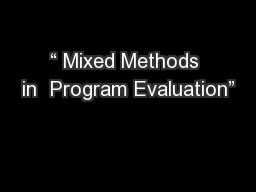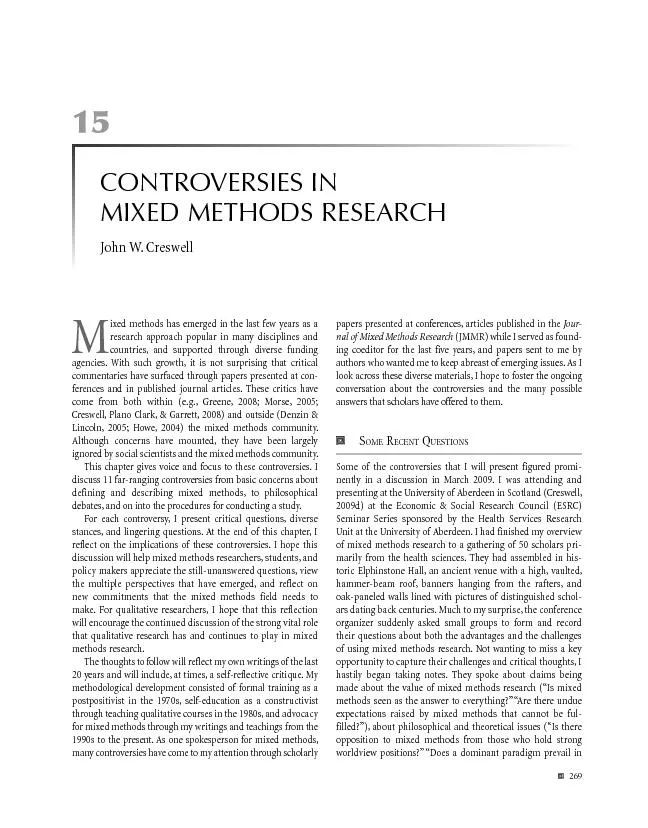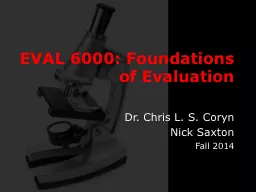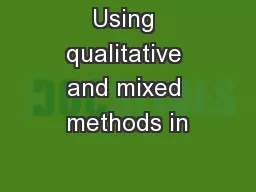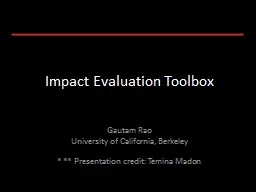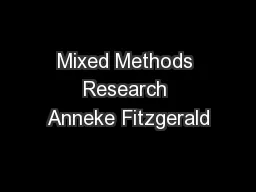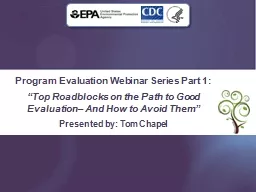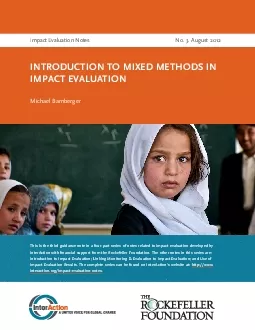PPT-“ Mixed Methods in Program Evaluation”
Author : ellena-manuel | Published Date : 2018-10-22
Presented by Tom Chapel Thomas J Chapel MA MBA Tchapelcdcgov Chief Evaluation Officer 4046392116 Centers for Disease Control and Prevention Agenda 1 The why and
Presentation Embed Code
Download Presentation
Download Presentation The PPT/PDF document "“ Mixed Methods in Program Evaluation..." is the property of its rightful owner. Permission is granted to download and print the materials on this website for personal, non-commercial use only, and to display it on your personal computer provided you do not modify the materials and that you retain all copyright notices contained in the materials. By downloading content from our website, you accept the terms of this agreement.
“ Mixed Methods in Program Evaluation”: Transcript
Download Rules Of Document
"“ Mixed Methods in Program Evaluation”"The content belongs to its owner. You may download and print it for personal use, without modification, and keep all copyright notices. By downloading, you agree to these terms.
Related Documents

